The Indigenous Inhabitants of Sri Lanka
Native to Sri Lanka, Veddas alias Wanniyala Aetto as they call themselves are a small community descending from the Island’s original inhabitants of the Neolithic era dating from at lease16,000 BC. This indigenous community is very distinctive in terms of its cultural identity, indigenous language, traditional lifestyle, and livelihood. The Vaddas who live the simplest life is divided into three regional group’s viz. the Bintenne Veddas, the Anuradhapura Veddas, and the Coast Veddas. According to the region, they have some differences especially in terms of the language religion.
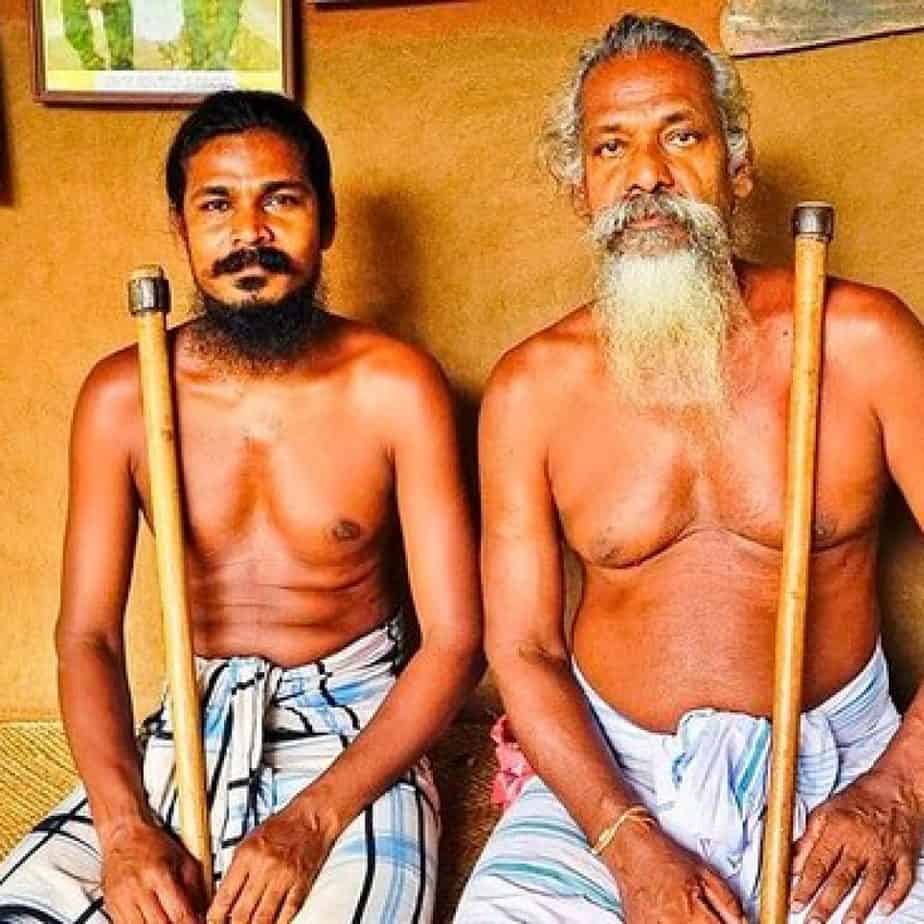
The Vaddas Language
The Veddas have their own language known as Vedda language which has mostly been influenced by Sinhalese, especially of Bintenne and Anuradhapura. On the other hand, the language of the cost Veddas is influenced by Tamil. However, they have a number of unique words that cannot be derived from Sinhalese or any other language. Their age-old original language is still spoken primarily by certain Bintenne Veddas who are now confined to Dambana. Yes, Most of today’s Veddas speak a language mixed either with Sinhala or Tamil.
Veddas Habitat
Vedds, whose original habitat is the island’s dry zone tropical forests, are originally hunter-gatherers or foragers though many contemporary Veddas are engaged in agriculture. Bows with arrows turned out of wood and animal hide are primarily used by them in order to hunt animals for their consumption whilst plants and honey also are gathered.
They use honey mostly for the preservation of meat. Dried meat is preserved soaked in honey to be used in times of scarcity. Veddas are so unique that they hunt animals only for consumption and they never harm young and pregnant animals. Yet another unique symbol of the Veddas is the little axe that is slung on their shoulder and used to cut honey out of hollow trees and for various other purposes.
When referring to their clothing, they originally wore barks and leaves as clothing, but today’s Veddas attire is different; men wear sarongs extending from the breast line to knees. However, their housing was caves and rock shelters instead of which today they live in small hut-type wattled houses.
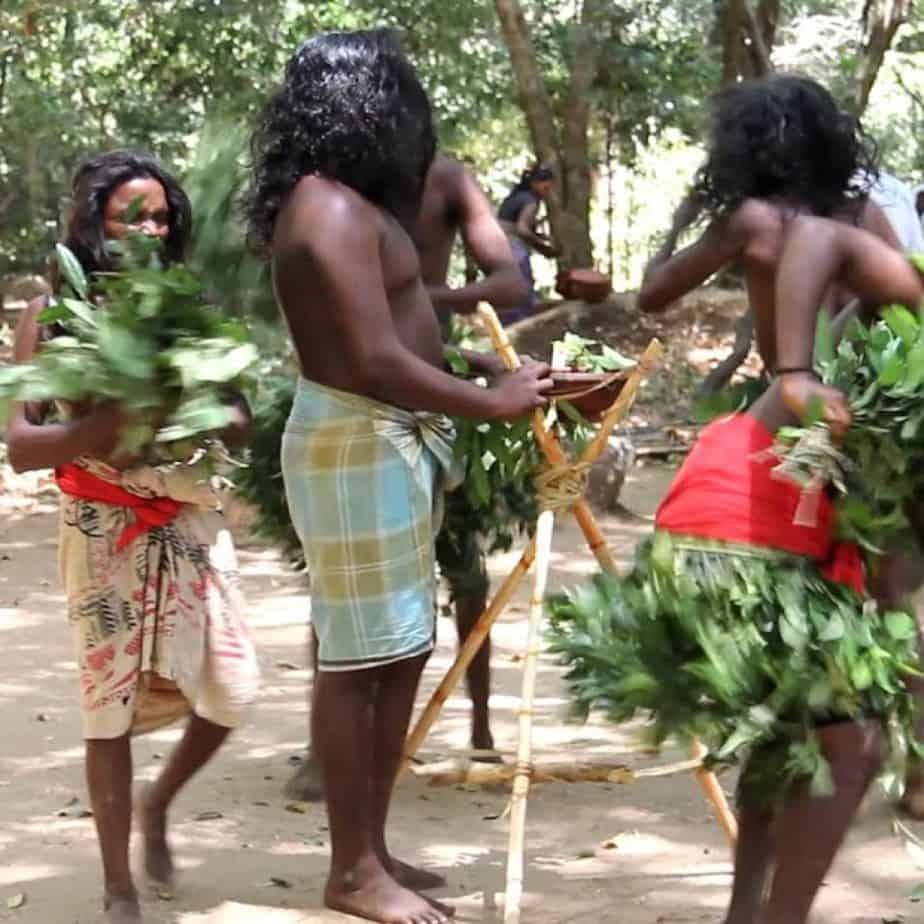
Their religion is essentially a cult of the dead coupled with various rituals and ceremonies; ancestral spirits termed “Nae Yakku” are believed to enter the bodies of shamans through whom they communicate with their descendants. In addition, they believe in various local demons and other peculiar deities like “Kande Yakku”, “Bilinda Yakku”. But anyway, their original religion has over time been influenced by Buddhism and Hinduism.
Besides, among their religious ceremonies, the ‘Kiri Koraha’ ritual which is performed for their ancestral spirits is the most famous. Death is also a simple affair without any ostentatious funeral ceremonies and the corps of the deceased is promptly buried. The corpse is placed in a coffin made of barks, climbers, leaves, etc. and the surrounding area is decorated with leaves especially margosa and lime leaves.
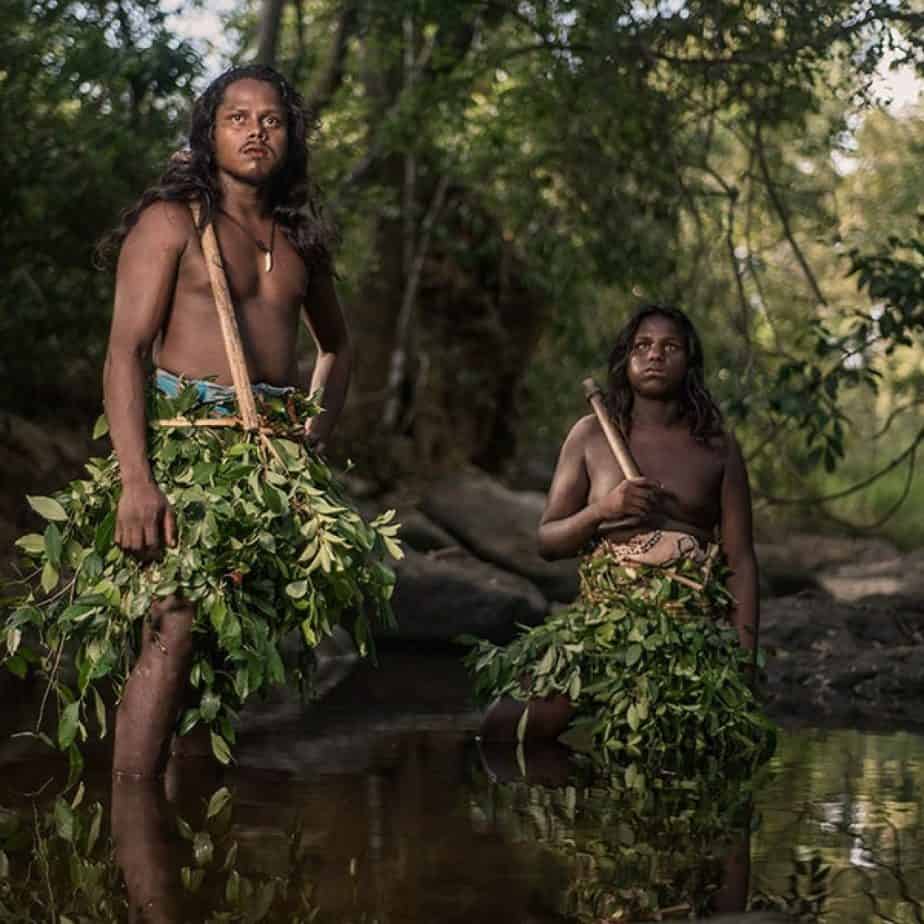
Anyhow, it is Bintenne Veddas now confined to Dambana who have still been able to preserve their exclusive cultural identity and traditional lifestyle at least to a certain extent amidst the fast-changing modern world coupled with the relentless pressure from the mainstream communities.
Unfortunately, they are compelled to be assimilated into the dominant society of the island as a result of pervasive social discrimination. Currently, this exclusive indigenous community is led by its chieftain Uruwarige Wannila Attho based in Dambana who succeed the former chieftain Thissahamy after his death in 1998.
However, the present chieftain is shouldering a big responsibility as well as facing a big challenge with regard to the survival of their cultural identity and indigenous lifestyle. Anyhow, if you travel to Sri Lanka, Dambana is a place that you should not miss out.
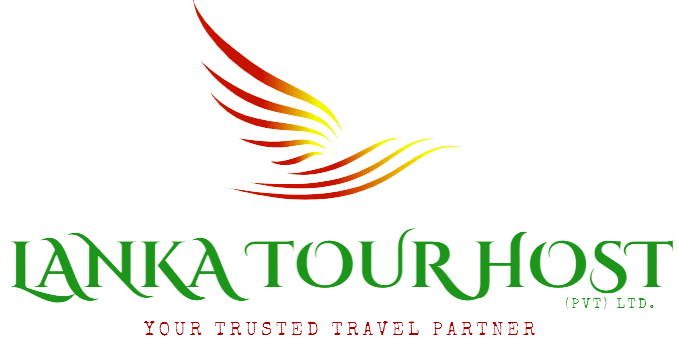


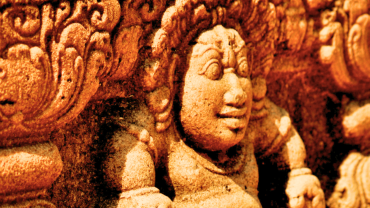

Comment (0)